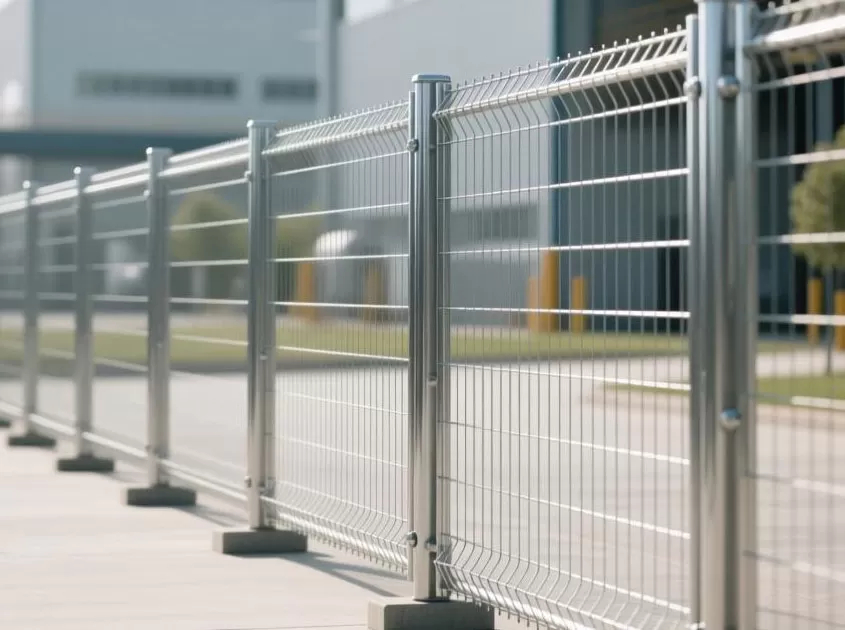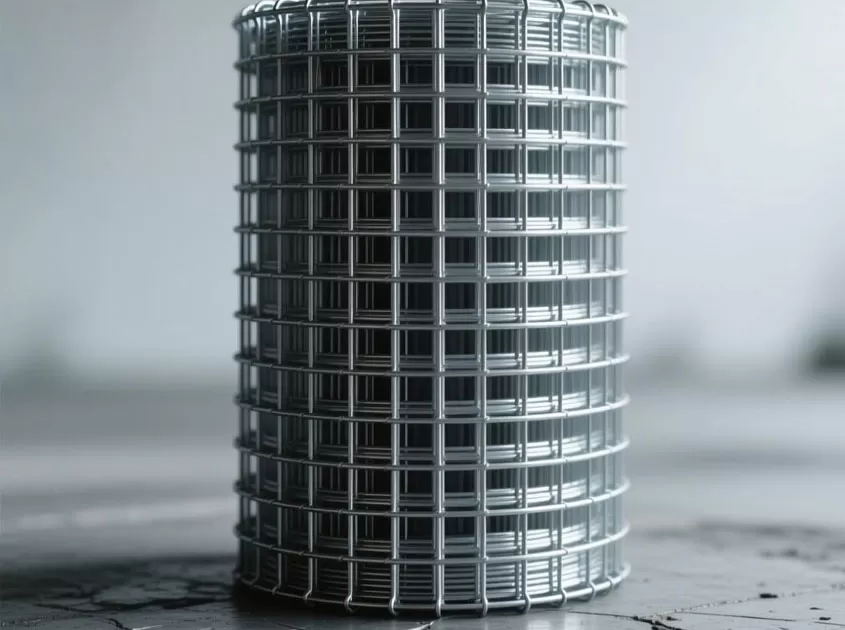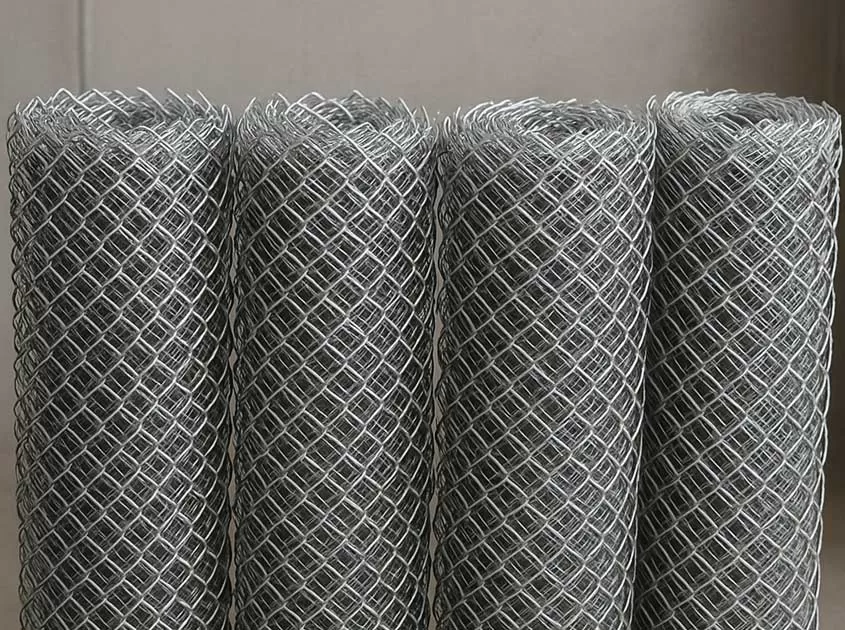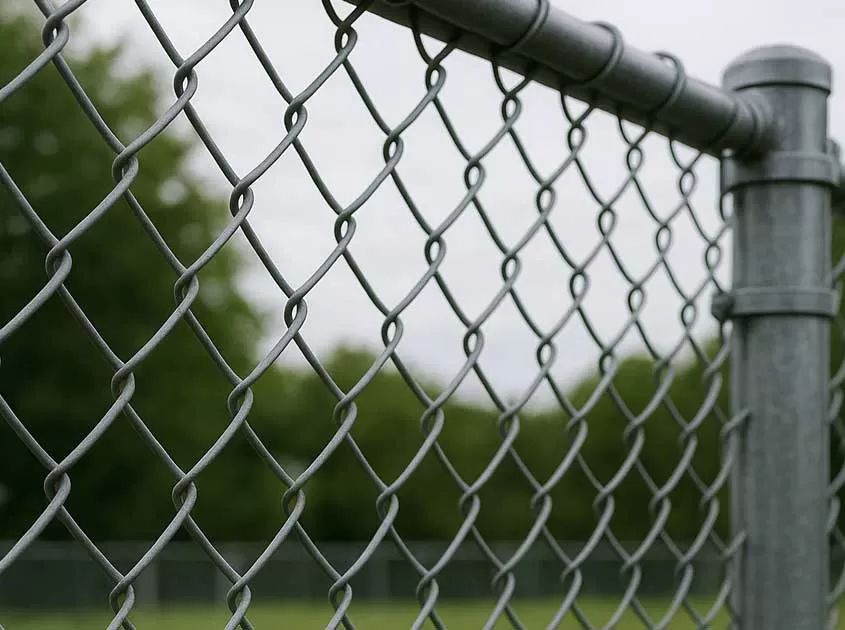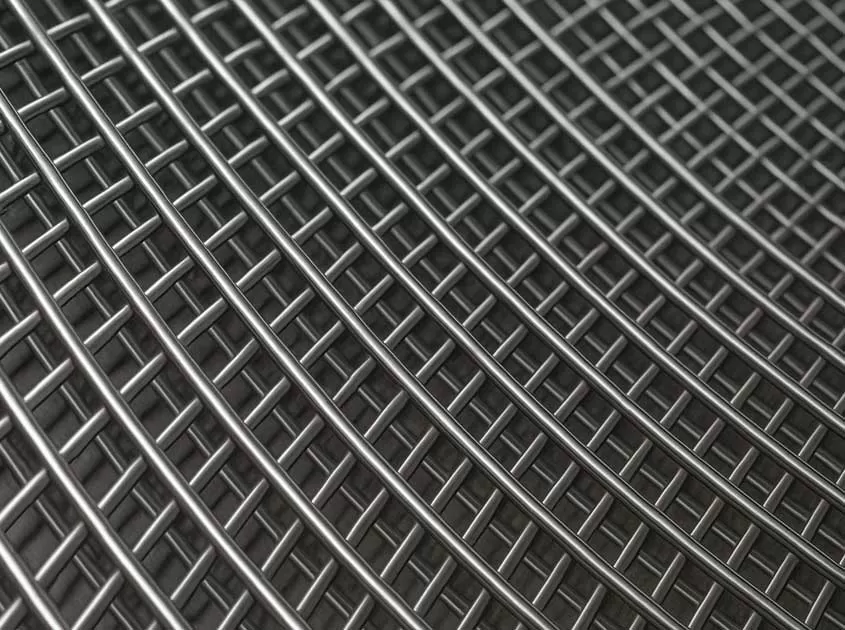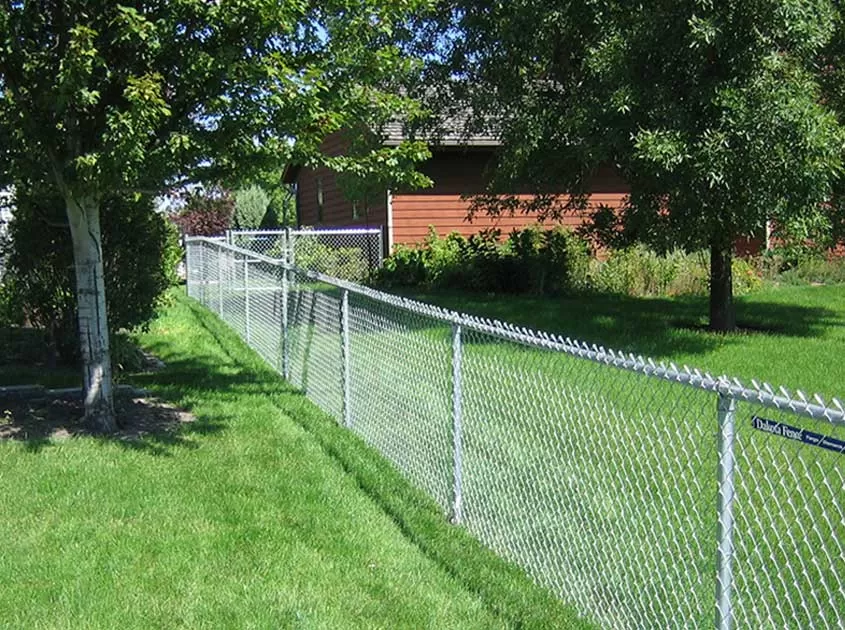Assessing the Suitability of Chicken Wire Mesh for Enclosing Larger Animals such as Dogs or Livestock
Chicken wire mesh is commonly employed for various fencing applications, but its suitability for enclosing larger animals must be carefully assessed. Larger animals, such as dogs or livestock, require fencing that can withstand their size, strength, and behaviors. This article aims to explore the factors that determine the suitability of chicken wire mesh for enclosing larger animals, considering factors such as strength, security, durability, and animal-specific needs.
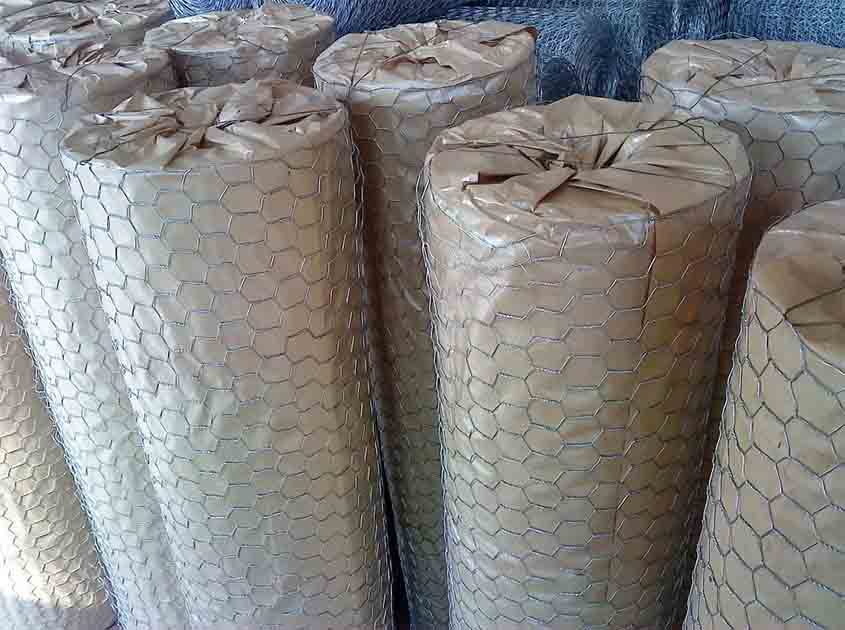
Wire Gauge and Strength:
The wire gauge of chicken wire mesh directly impacts its strength and load-bearing capacity. Thicker wire with lower gauges provides increased strength and resistance to bending or breaking. When enclosing larger animals, it is crucial to select chicken wire mesh with a suitable gauge that can withstand their weight and forceful contact. Lower gauges, such as 14 or 12 gauge, are generally recommended for stronger and more secure fencing.
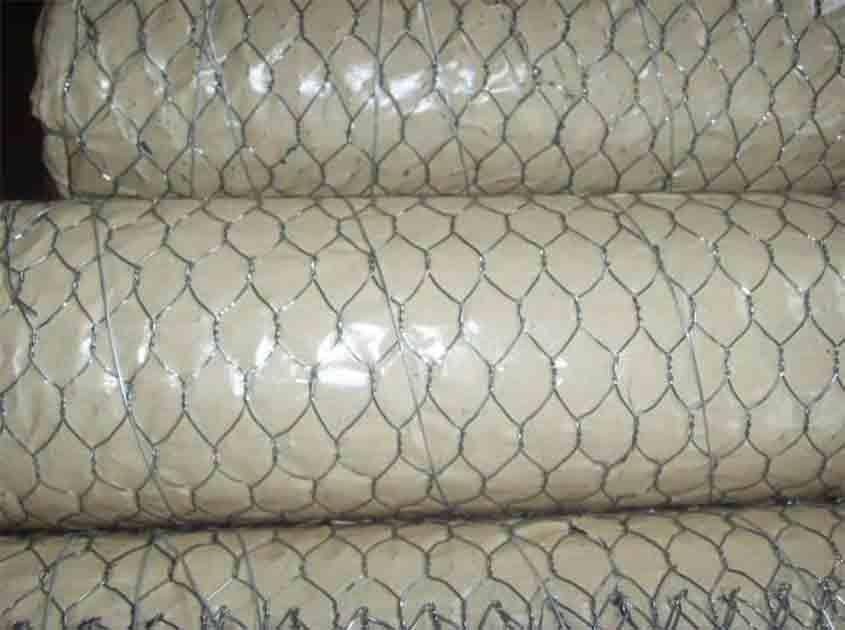
Mesh Size and Animal Containment:
The size of the mesh openings in chicken wire mesh is another important consideration when enclosing larger animals. The mesh size should be small enough to prevent animals from squeezing through or getting stuck. Smaller mesh sizes, such as 2 inches or less, are typically more effective for containing larger animals, as they minimize the risk of escape or injury. Larger mesh sizes may not provide adequate security for larger animals and may require additional measures to reinforce the fencing.
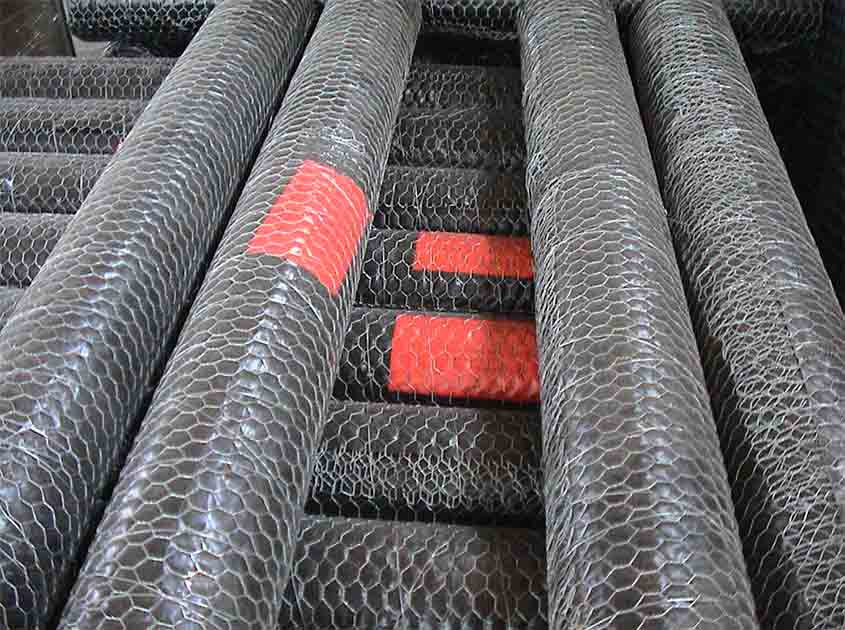
Animal Behavior and Climbing:
The behavior of the animals being enclosed should be carefully considered. Some animals, such as dogs or livestock, may have a tendency to climb or jump fences. Chicken wire mesh, with its relatively lightweight construction, may not be suitable for containing animals with such behaviors. In such cases, additional measures like adding a top rail or installing electric wire above the fence may be necessary to enhance security and prevent escape.
-
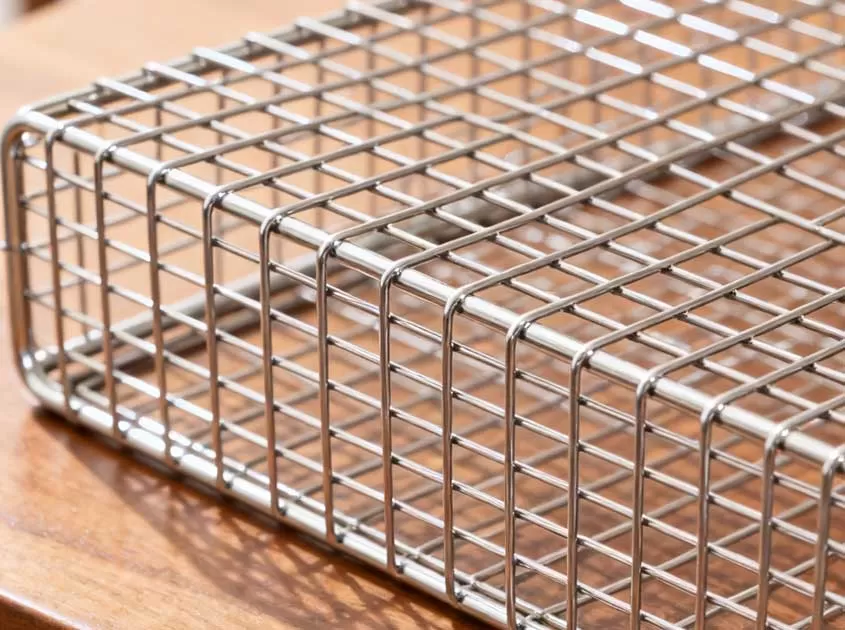 Corrosion-Resistant Stainless Steel Wire Mesh Oct 28, 2025
Corrosion-Resistant Stainless Steel Wire Mesh Oct 28, 2025

- Tel.: +86 311 83077076
- E-mail: sales@qunkunmetal.com
- Skype: qunkunsales01
- WhatsApp: 8618032412189
- Add.: No.69 The Filter Industrial Part of Anping, Hebei, China




